We might not have venomous tree frogs or glowing jellyfish in our hedgerows, but Britain’s wildlife still offers its fair share of strange creatures.
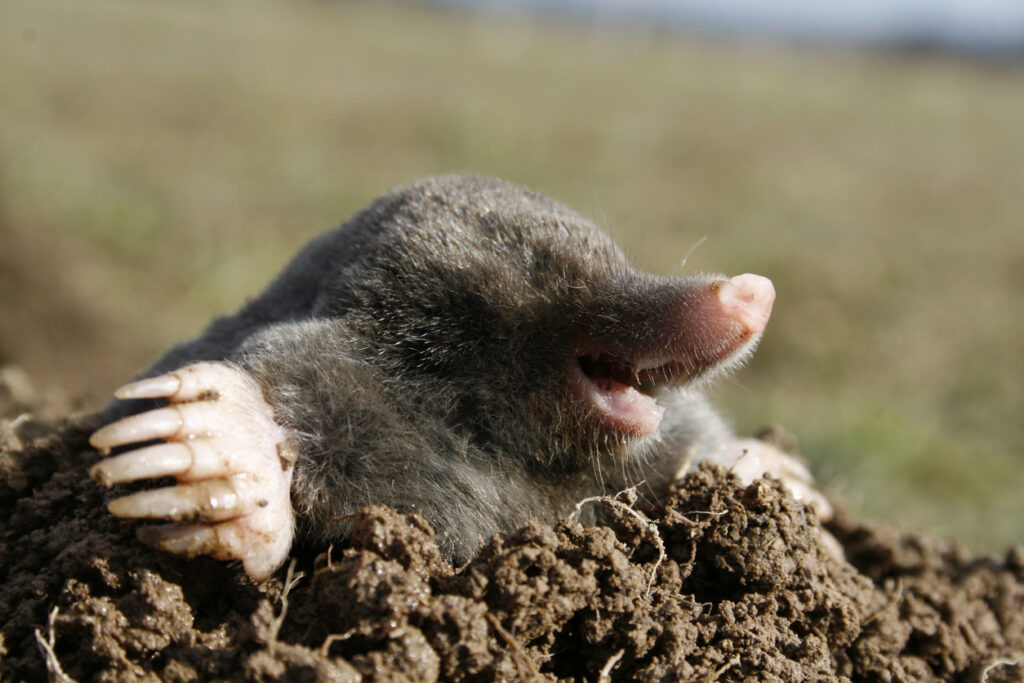
From animals with cartoonish faces to fish that look like they’ve wandered in from another continent, the UK is home to some truly odd species. And while they might not all be rare or dangerous, there’s something strangely fascinating about just how quirky they look. If you’ve ever stumbled across one of these and thought, “What even is that?”—you’re not alone. Here are some of the weirdest-looking creatures that call Britain home.
1. The mole
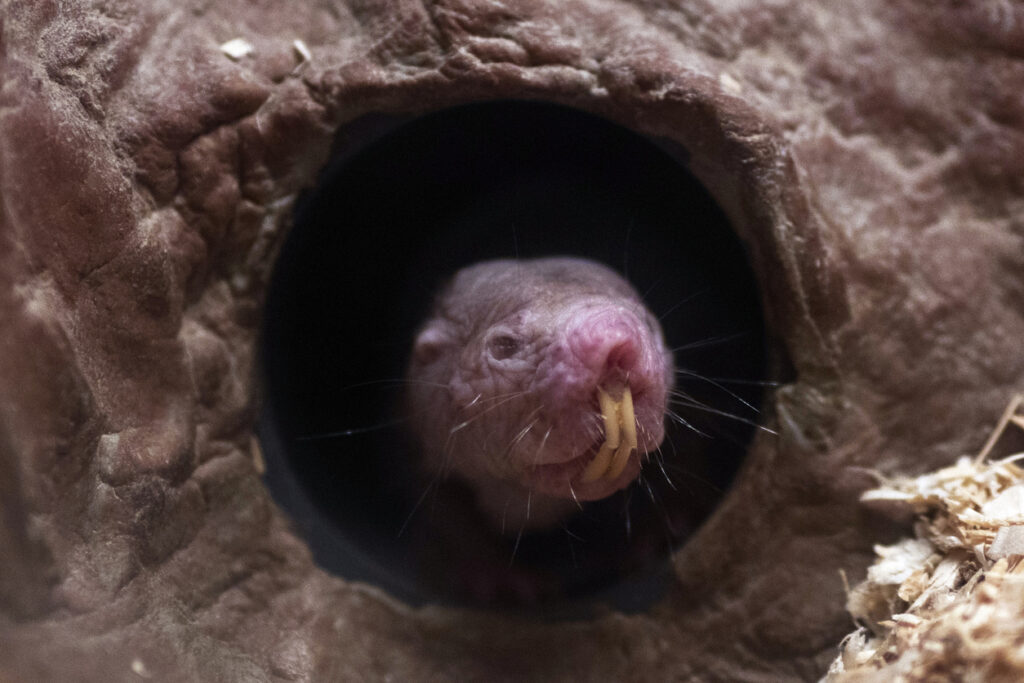
Let’s start with a classic. The humble mole might be common, but it still looks like something that belongs underground—and not just physically. With tiny eyes, oversized shovel hands, and a velvety, soot-black coat, it seems almost purpose-built for a secret life.
Most people will never see one alive in the wild, which only adds to the mystery. Its odd appearance has inspired everything from children’s books to conspiracy theories about underground mole societies—seriously.
2. The lumpsucker fish
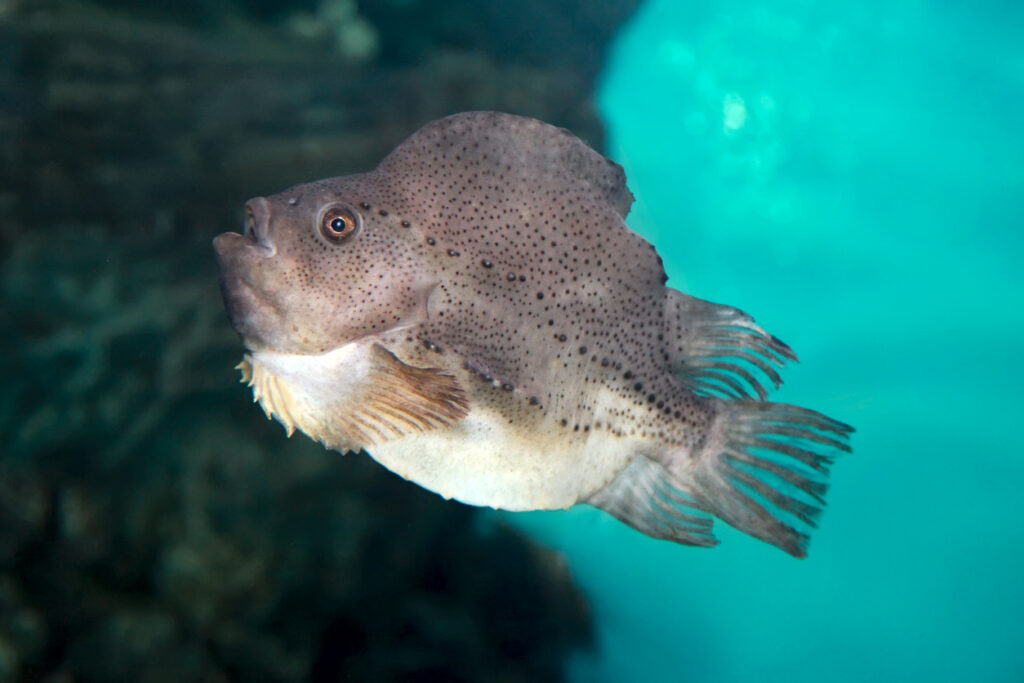
If a cartoonist invented a grumpy, blob-shaped fish, it would probably look like a lumpsucker. Round, gelatinous, and sporting a permanently unimpressed expression, this fish sticks itself to rocks with a suction disc made from modified fins. They’re not big swimmers, and they don’t really glide with grace—they sort of wobble. Found around the British coast, especially up north, they’re one of those animals you have to see to believe.
3. The sea mouse
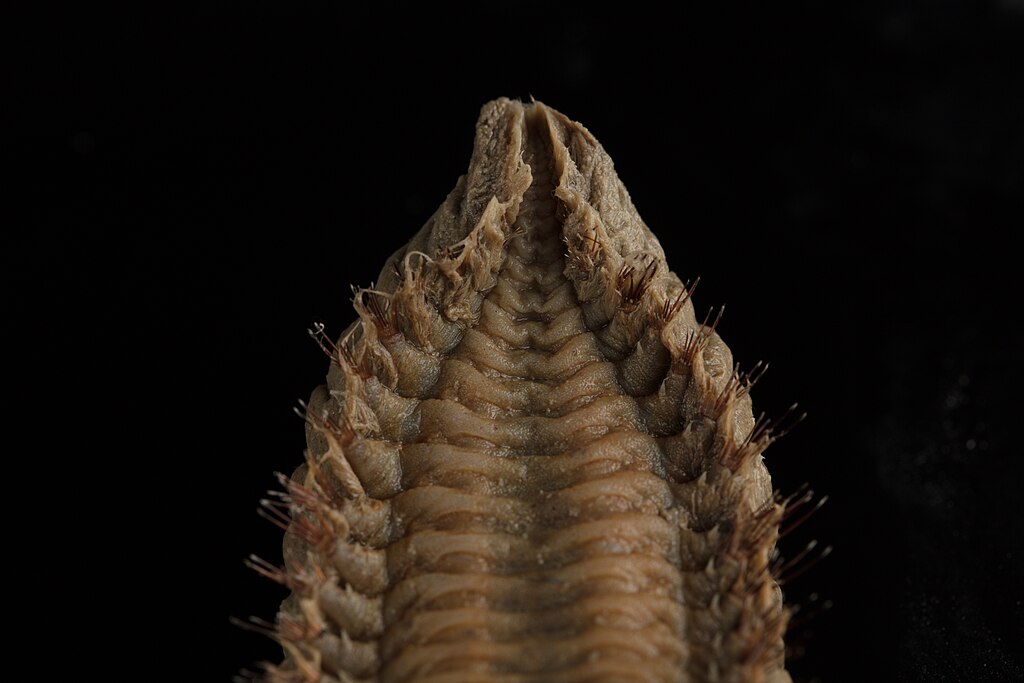
Despite the name, the sea mouse isn’t remotely rodent-like. It’s actually a marine worm, albeit one that looks like a furry little patch of velvet with iridescent bristles. Up close, the shimmering colours look almost high-tech. They live buried in sand along the seabed, and while you probably won’t stumble across one, the internet is full of photos that prove how baffling they really look. Nature’s answer to a disco rug, basically.
4. The spoonbill
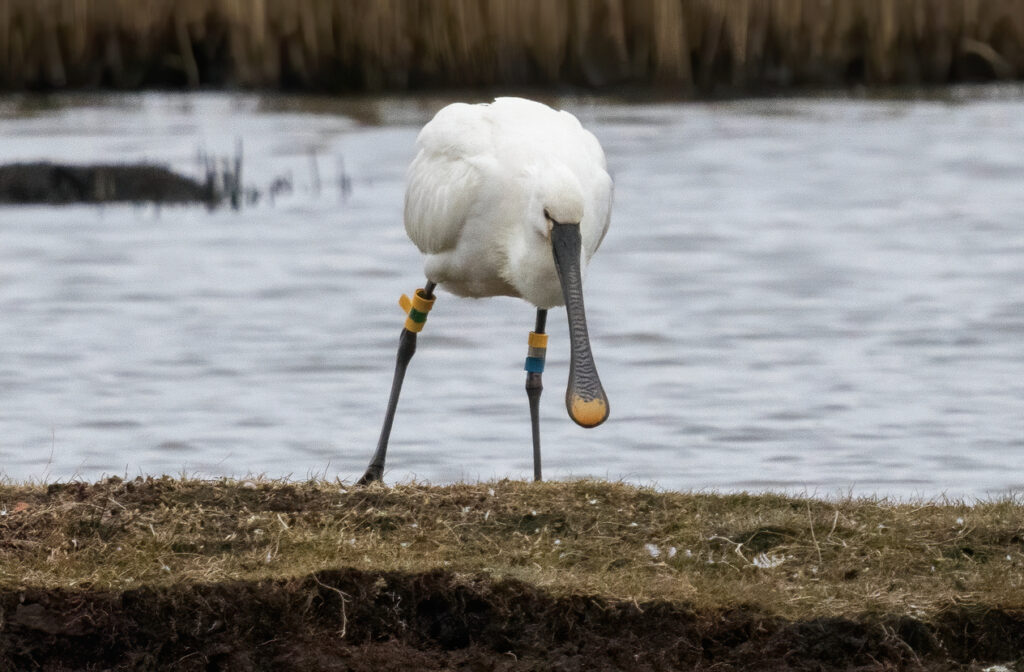
Imagine a heron with a ladle for a mouth and you’ve got the gist. Spoonbills are elegant in flight, but up close their flat, paddle-shaped beak feels wildly out of proportion with the rest of their body. They’ve started showing up more in the UK thanks to conservation efforts and warmer climates. When you see one slowly sweeping its bill side-to-side in the water, it’s hard not to stare—it looks both prehistoric and oddly modern at the same time.
5. The stag beetle
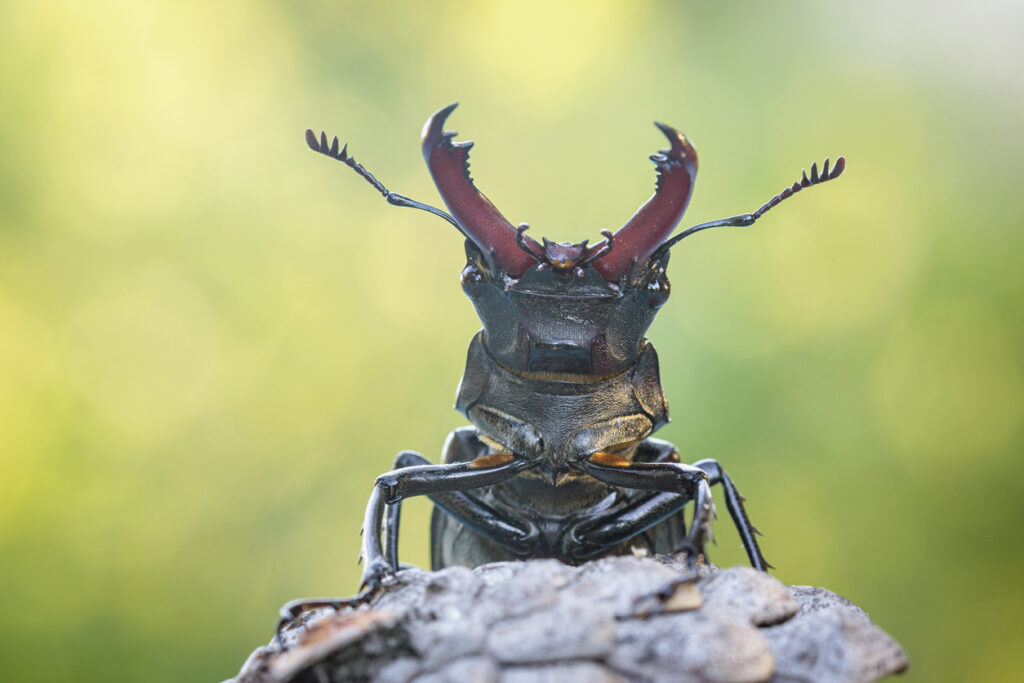
With its giant, antler-like mandibles and shiny black armour, the male stag beetle looks like it’s wearing some kind of steampunk battle suit. They’re surprisingly big, too—reaching up to 77 cm long, which is genuinely impressive for a UK insect.
Despite the fearsome appearance, they’re gentle giants. The big mandibles are used mostly to wrestle other males, not for biting humans. Still, if one flies near you on a summer evening, you might not be sticking around to admire its gentleness.
6. The smooth newt
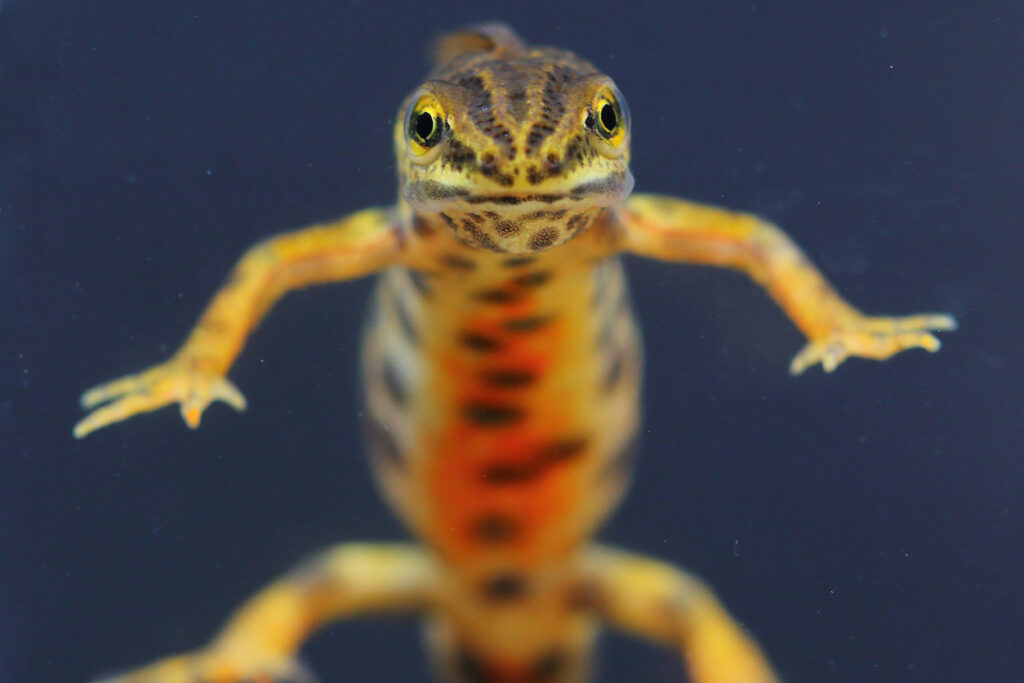
This amphibian has a kind of dinosaur-meets-lizard vibe, especially during breeding season, when males grow a jagged crest down their back. Their tiny feet, expressive eyes, and occasional bright orange belly all give them a bit of a fantasy creature feel. They’re widespread across the UK, but often overlooked. If you find one beneath a log or stone, it might look like a leftover prop from a miniature dragon movie set.
7. The puffin
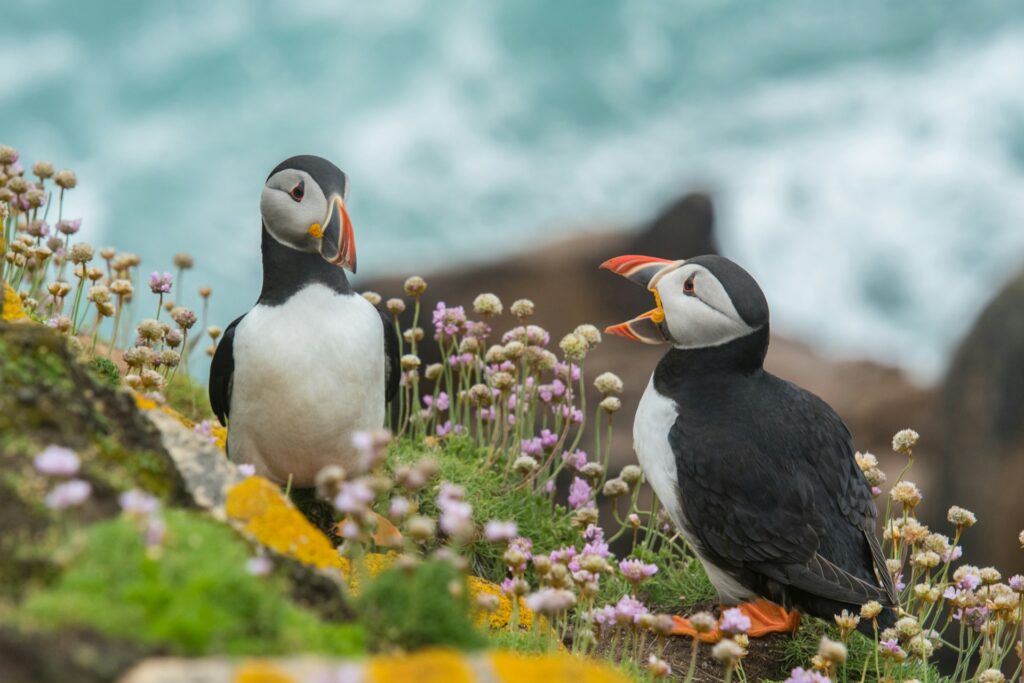
Puffins are undeniably charming, but let’s not pretend they don’t also look a bit bizarre. With a huge multicoloured beak, tiny wings, and the body of a portly penguin, they have a shape that makes no aerodynamic sense, and yet they fly like bullets. The contrast between their clown-like face and surprisingly serious nature (they’re great divers and loyal mates) is part of what makes them so iconic. They’re the kind of bird that makes you smile without even trying.
8. The goby fish
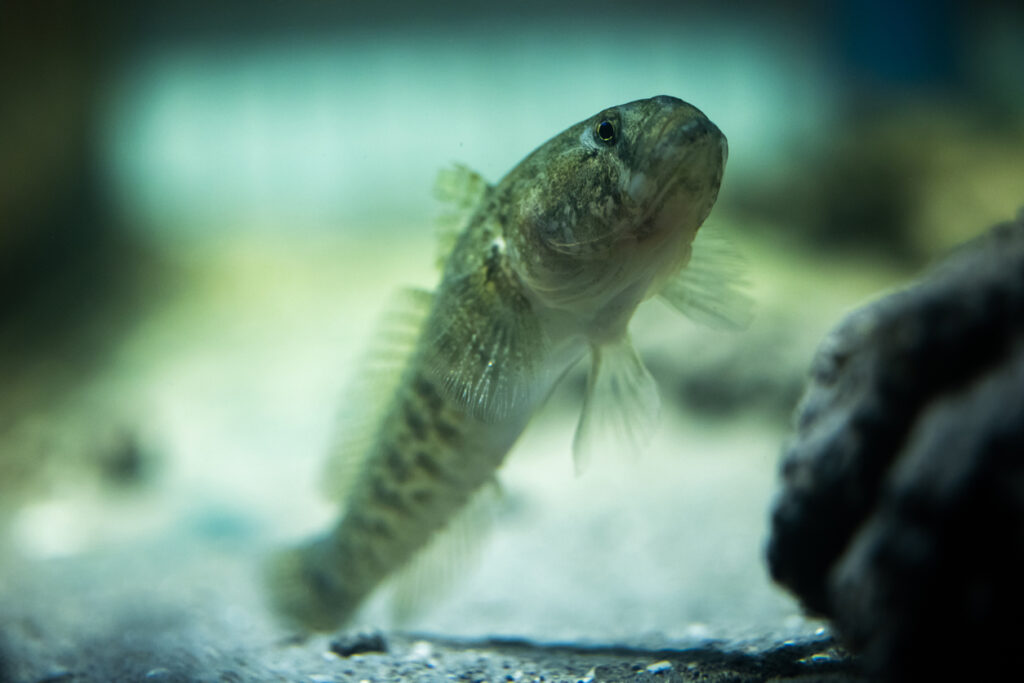
These tiny fish often have big eyes, wide mouths, and a slightly ridiculous expression—like they’ve been caught mid-thought. They scoot around tide pools and estuaries, often blending into sand and gravel thanks to their mottled colouring. Despite their unimpressive size, they’re resourceful survivors and often team up with other species, like burrowing shrimp. But that face? That’s pure cartoon fish energy.
9. The rose chafer beetle
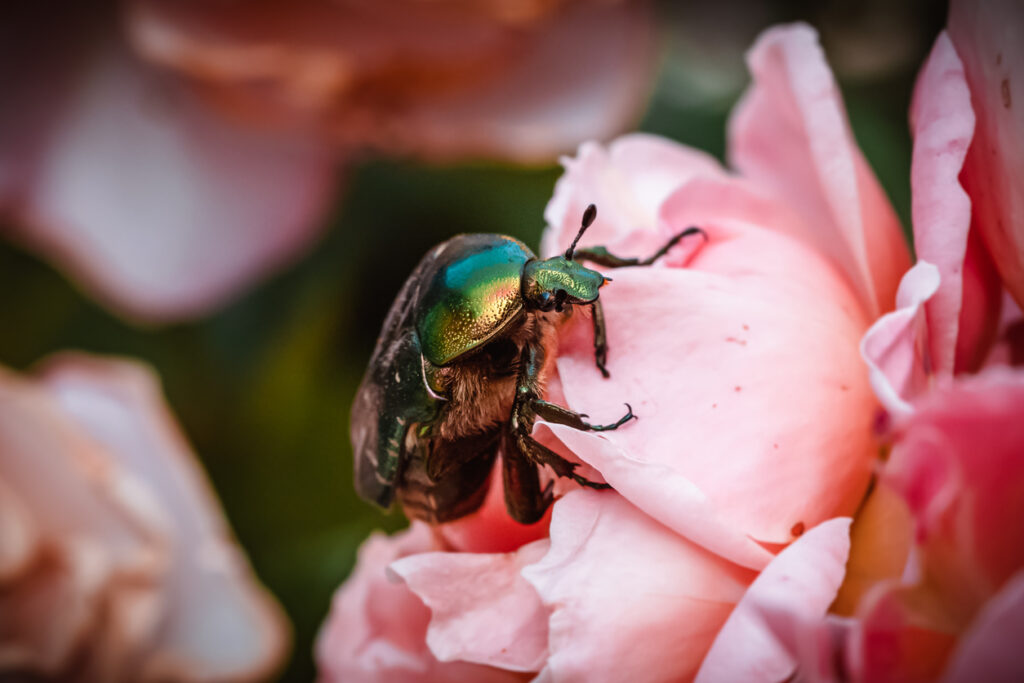
Metallic green with a slightly hunched posture and clumsy flight path, rose chafers look like flying bits of jewellery gone rogue. When the sun hits them just right, their shells shine with a rainbow sheen that looks almost unnatural. They’re often found on flowers in summer, especially in southern parts of the UK. While not exactly scary, their clunky, heavy landings make them feel like little beetle robots learning to move in real time.
10. The cuckoo wasp
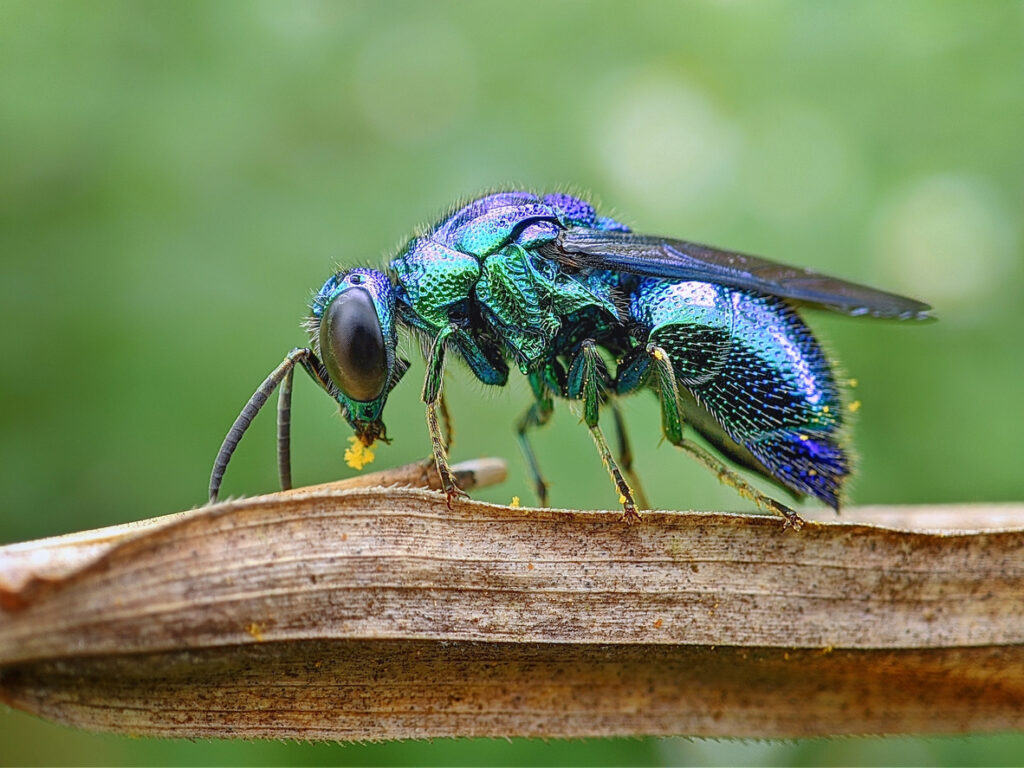
As far as insects go, this one is strangely beautiful—and also a little sinister. With an iridescent blue-green exoskeleton and a compact body, the cuckoo wasp gets its name from its sneaky behaviour: it lays its eggs in the nests of other bees or wasps, letting someone else do the parenting.
It looks like a gemstone with wings, but its whole existence is built around manipulation. It’s stunning, but if insects had reputations, this one would definitely be the flashy troublemaker in the corner.